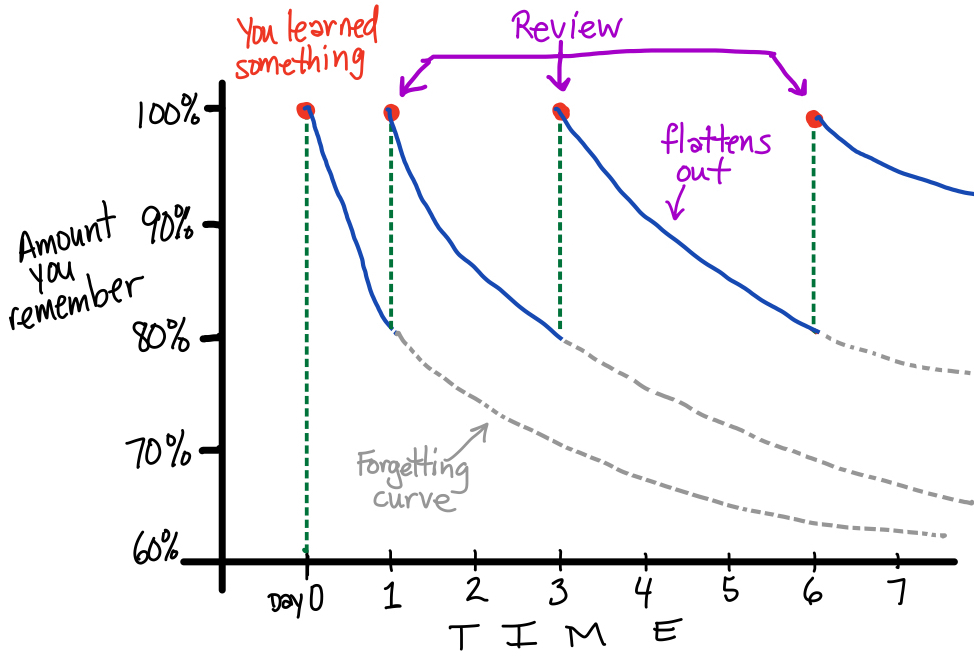To assign math homework or NOT to assign math homework? That is the question.
There is little evidence that assigning math homework in grades K-8 improves student outcomes. But there is plenty of evidence that assigning too much math homework is detrimental to student achievement.
Alfie Kohn, shares some data research showing fourth graders who did no homework got roughly the same score as those who did 30 minutes a night. Students who did 45 minutes or more actually did worse! Similarly, in 8th grade, scores were slightly higher for students who did 15 – 30 minutes of homework than those who did no homework at all, but scores significantly decline for students who did more than 30 minutes of homework. 12th graders who did 15 minutes of homework achieved at the same level as students who did an hour of homework.
Essentially, there is no evidence that homework has a positive impact on student achievement in grades K-8 and there is only a slight impact on student achievement in 9-12.
So, a better question to ask is HOW MUCH homework to assign and what it might LOOK LIKE?
If the purpose of the homework is do determine whether students understand a particular skill, then 5 or so practice problems is good enough. If students understand the concept after 5 problems, then forcing students to do another 15 or 20 problems is mean. On the other hand, if students are still confused after 5 problems, then forcing them to do another 15 or 20 problems is just plain cruel. (I’m paraphrasing Matt Cwalina from Discovery Education.)
It has been shown beyond a shadow of a doubt that distributed practice is far superior to massed practice (like a traditional homework assignment of 20 problems).
What is distributed practice?
Also known as spaced repetition, distributed practice provides students with many, short opportunities to practice a skill with an ever increasing number of days between practice sessions. Students begin at Day 0 having learned a skill and immediately begin forgetting it because the skill is only stored in short-term memory. Shortly thereafter, students briefly practice a small number of problems to retrieve the forgotten information. The interval is extended before each additional practice session. Over time, the “forgetting curve” flattens out.
We now understand that learning occurs during those moments when the student attempts to retrieve the forgotten information. As each retrieval attempt becomes more automatic, the skill moves from short-term memory to long-term memory.
Only a small number of problems is necessary to determine whether the student can successfully retrieve the information or not. Massed practice is not effective…it is actually damaging. Rather, distributed practice is the gold standard.
What might homework look like?
Steven Leinwand suggests the 2+4+2 Homework Policy:
- 2 problems on the new skill learned that day (which is usually enough to determine understanding and avoids so much practice of mistakes that it is hard to unlearn them);
- 4 cumulative review problems roughly drawn from the day before, the week before, or last month;
- 2 problems that support problem solving, reasoning, and justification.
Usually I just assign the 2 new problems and 4 cumulative review problems, while leaving the 2 problem solving and justification problems to be done IN CLASS where feedback and support is easily available to the student.
I find that students are able to do the 6 assigned problems within the allotted 15 minutes of homework time I am aiming for. Homework is only graded for completeness NOT for accuracy.
Homework must be accompanied by feedback
More important than whether or not homework is assigned, is whether students are given timely and supportive feedback during the learning and retrieval process.
During the beginning five minutes of class the next day, I randomly select six students to each solve one of the six problems from the night’s homework on the whiteboard. The remainder of the students compare their work with a partner (or in triads) and also with the solutions being displayed by the 6 “volunteer” students. During these five minutes, it is not uncommon for students to join the six students at the front of the room to support them and provide assistance as needed. The remaining students also support one another in correcting their work.
Occasionally, we might discuss a problem as a whole class before collecting the homework. I try to avoid this, however, because I want students to develop the agency and ownership of the mathematics, rather than deferring to me. My goal is to employ student-centered strategies for reviewing the homework and providing necessary feedback. The collected homework is scored for completeness rather than for correctness.
In summary:
- Before assigning homework, be aware that there is absolutely no consensus that math homework in K-8 improves student achievement.
- If you do assign homework, distributed practice is far superior to massed practice.
- NEVER assign more than 15 minutes of math homework in a night.
- Use the 2+4+2 Homework Policy (or the abbreviated 2+4 Homework Policy)
- Grade for completeness not correctness.
- Allow students to be in charge of the subsequent feedback the next day.


I love your ideas and will use them in Class! Thank you so much!!